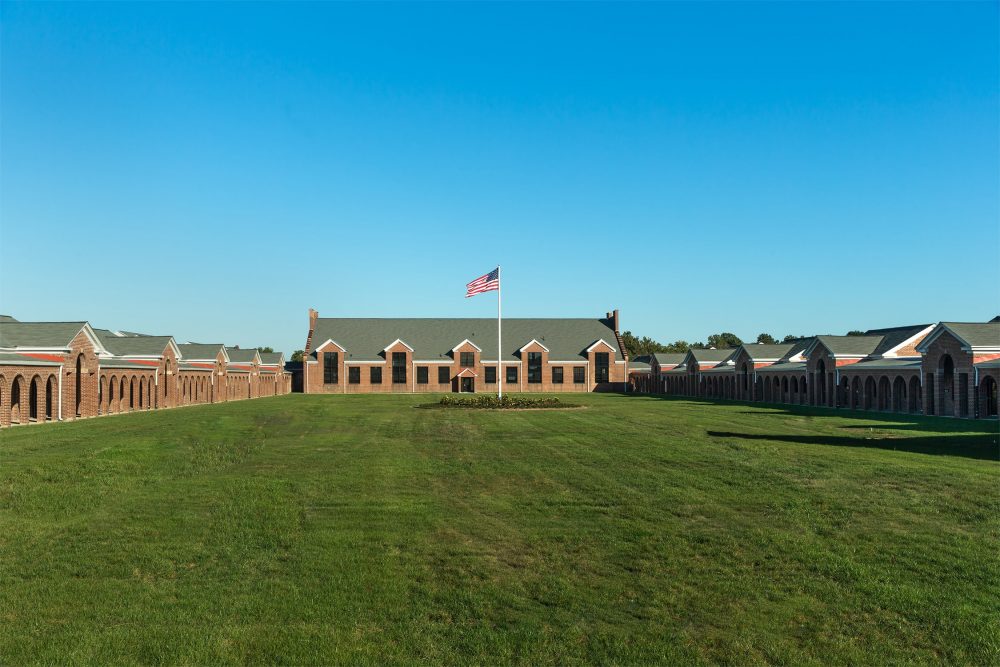The $177 million development on the 78.5-acre Adaptive Reuse Area at Laurel Hill in Lorton has been pushed back a year.
“Our schedule has slipped a little because of the depth of reviews that have to be taken for the project,” said Chris Caperton, the Fairfax County Laurel Hill Project coordinator to Patch. “Based on this review cycle we could see some initial construction take place in 2014, full-blown construction by 2015 and people actually owning property there by 2016.”
Last summer, Caperton told Patch that initial construction was expected to occur in 2013-2014, with residents living on the property by 2015.
The development of the county’s land by the Alexander Company will mean the renovation of prison buildings and the creation of more than 40,000 square feet of offices, single family homes, apartments, shops, restaurants and a power plant.
“I look at this as the final step in terms of putting a planning cap on the Laurel Hill community,” said Mount Vernon District Supervisor Gerry Hyland in a previous interview with Patch. “This is the final piece—taking the rest of the old Lorton prison and transforming it into a center of residential, retail and community uses.”
The Laurel Hill Adaptive Reuse plan:
- Is currently under review by the Virginia Department of Historical Resources
- Is still being reviewed for $20 million in tax credits by the county
- Needs to have an internal review for rezoning purposes
- Needs to be reviewed by the Fairfax County Planning Commission
- Will ultimately be decided on by the Fairfax County Board of Supervisors for approval
The site is located west of Silverbrook Road, southeast of the Spring Hill senior residential community, north of Lorton Road and Giles Run Meadow Park and east of the Laurel Hill Golf Club. It includes the former Lorton Prison Reformatory, prison buildings and the prison baseball field.
The land is currently designated as a Historic Overlay District, and is currently protected against the level of development proposed. The rezoning would allow eight dwelling units per acre and designate it as a Planned Development Commercial District, which allows the creation of restaurants, offices and civic centers.

